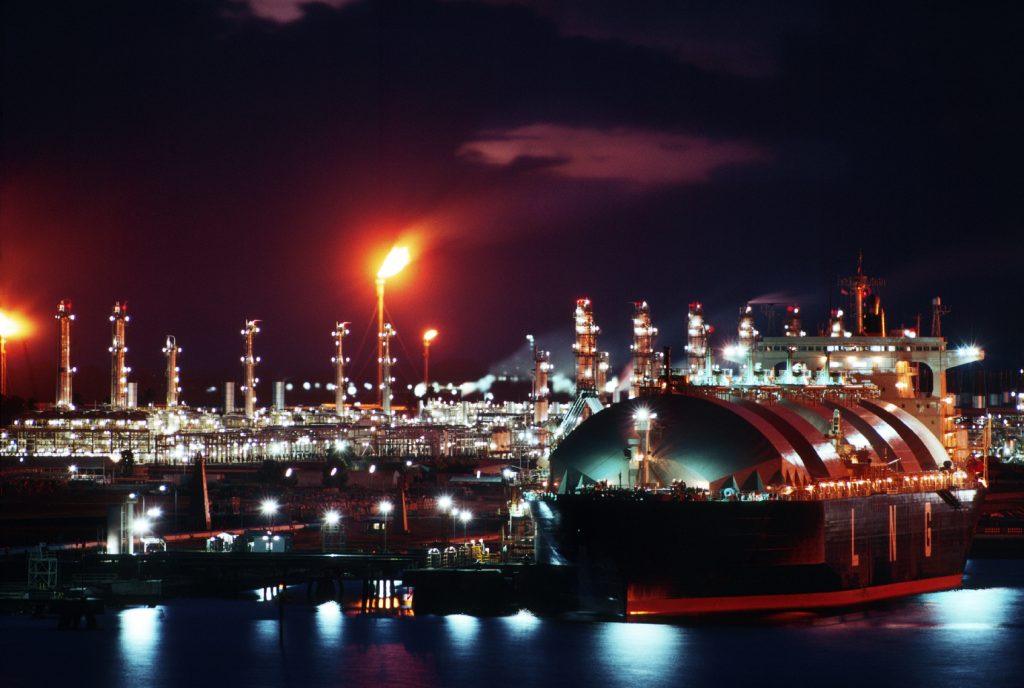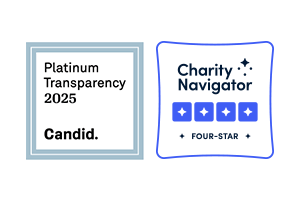The oil and gas industry has grown rapidly over the last decade.
The dramatic expansion of domestic oil and gas production sparked over a decade ago has led to the rapid growth of U.S. petrochemical industries, including plastics production, along with an associated rise in toxic fenceline pollution and greenhouse gas emissions.
Our work along the Gulf Coast, in Appalachia, and in other industry hotbeds helps hold these polluters accountable and ensure they follow environmental laws and emissions reporting requirements. Our Oil & Gas Watch database acts as a public resource for tracking and monitoring the industry across the country.
Oil and gas production, processing, refineries, and petrochemical plants are some of the largest sources of industrial greenhouse gases in the nation. Tackling emissions from these industries is necessary if we are going to have any hope of averting a climate disaster and achieving the United States’ carbon dioxide emission reduction goals in the coming decades.
EIP strives to reduce toxic releases and greenhouse gas emissions from this industry through a mix of advocacy, regulatory work, and strategic litigation.
How Much Pollution: The Public’s Right To Know
 The release of toxic air and water pollution and greenhouse gas emissions from the oil and gas industry is notoriously undercounted and underreported. Industry’s lowballing of emissions undermines strict regulations and the public’s ability to understand their risk of exposure. EIP works tirelessly to improve how pollution is reported by this industry.
The release of toxic air and water pollution and greenhouse gas emissions from the oil and gas industry is notoriously undercounted and underreported. Industry’s lowballing of emissions undermines strict regulations and the public’s ability to understand their risk of exposure. EIP works tirelessly to improve how pollution is reported by this industry.
Oil & Gas Watch
Oil & Gas Watch is a free, public inventory that tracks this rapid expansion of oil, gas, and petrochemical infrastructure throughout the United States. It maps the largest new and expanding oil, gas, and petrochemical infrastructure projects across the country and monitors each project’s construction status so the public can stay informed about major oil and gas developments being proposed in their communities. We track key environmental approvals companies must obtain before starting construction or operations and provide access to thousands of government records and permits unearthed by our analysts. This information provides a glimpse into how new and expanding facilities in these pollution-heavy industries could impact the environment and public health.
Oil & Gas Watch News is the affiliated investigative news publication. It combines public records research by an ace team of data analysts with expert legal knowledge and on-the-ground reporting by veteran journalists. Our Oil & Gas Watch website is updated weekly by our analysts, and these updates inform our editorial calendar to ensure our stories stay ahead of the news and bring fresh information and insight to those following the industry.
Along with a weekly story, posted online and distributed on social media and by newsletter, we also publish project and regulatory updates, including opportunities for public comment, newly filed projects and permits, FERC or other agency decisions, and construction updates.
To see the latest news stories and watchdog work on the expansion of the petrochemical industry and related carbon capture and storage projects, visit https://news.oilandgaswatch.org/
Stricter Standards and Tougher Enforcement
 The oil and gas industry produces vast amounts of toxic air and water pollution and is the largest source of greenhouse gas emissions in the United States. EIP works to reduce these releases and protect communities by pushing federal and state authorities for tighter regulation of air pollution from oil and gas facilities and stronger controls of oil and gas wastes; investigating and bringing lawsuits against facilities for illegal releases to the air, rivers, and drinking water; and representing and working with neighbors to protect against unwanted, large-scale processing, distribution, and petrochemical plants that could destroy their community’s quality of life.
The oil and gas industry produces vast amounts of toxic air and water pollution and is the largest source of greenhouse gas emissions in the United States. EIP works to reduce these releases and protect communities by pushing federal and state authorities for tighter regulation of air pollution from oil and gas facilities and stronger controls of oil and gas wastes; investigating and bringing lawsuits against facilities for illegal releases to the air, rivers, and drinking water; and representing and working with neighbors to protect against unwanted, large-scale processing, distribution, and petrochemical plants that could destroy their community’s quality of life.
Community Engagement: Giving Citizens a Voice
 EIP works on the ground with grass roots organizations and communities to raise awareness about the health and environmental impacts of the oil and gas industry and to provide citizens with the tools they need to participate fully in the public process when it comes to oil and gas expansion projects. EIP’s Pennsylvania Outreach Coordinator, Lisa Graves-Marcucci, meets with local residents and educates them about what they can do to protect their rights and quality of life. We also work on empowering citizens in Texas, Louisiana, and Baltimore through our targeted reports on pollution, enforcement work, and community monitoring projects.
EIP works on the ground with grass roots organizations and communities to raise awareness about the health and environmental impacts of the oil and gas industry and to provide citizens with the tools they need to participate fully in the public process when it comes to oil and gas expansion projects. EIP’s Pennsylvania Outreach Coordinator, Lisa Graves-Marcucci, meets with local residents and educates them about what they can do to protect their rights and quality of life. We also work on empowering citizens in Texas, Louisiana, and Baltimore through our targeted reports on pollution, enforcement work, and community monitoring projects.
- The Human Cost of Energy Production: EIP teamed up with the International League of Conservation Photographers to help the public understand the harm the fracking boom is causing to families in Western Pennsylvania and Maryland. The photo storytelling project viscerally portrays the impacts on generations’ old farming communities through the lenses of nationally-known photographers Karen Kasmausaki and Garth Lenz.
- Pennsylvania Citizens’ Toolkit: EIP has developed the “Pennsylvania Citizens’ Toolkit” to help citizens, advocacy groups, and elected officials become better informed about expanding oil and gas operations and the permitting approval process. The toolkit guides citizens through the basic components of the process, while providing information about how to be more engaged and prepared to fight back.
- Advocate’s Guide for Challenging LNG Projects: This guide is for advocates who want to challenge the construction of LNG export terminals. LNG terminals are some of the largest pollution sources built in the US today. They are also among the more complex facility types to challenge because of the number of agencies involved and overlapping laws with which they must comply.


